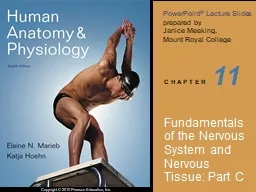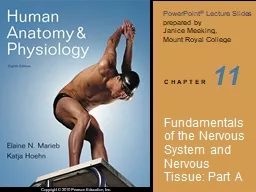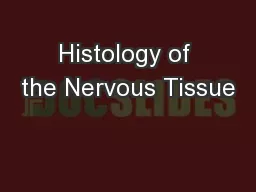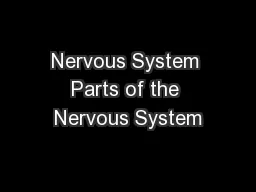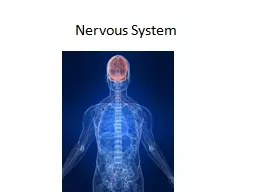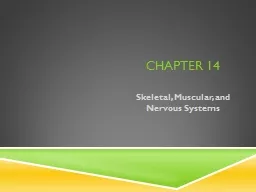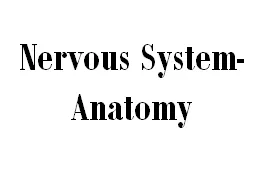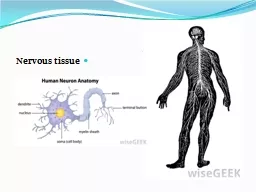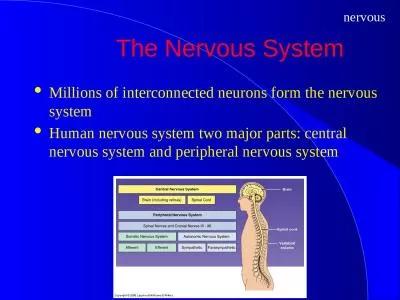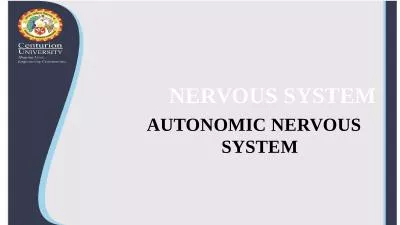PPT-11 Fundamentals of the Nervous System and Nervous Tissue: Part C
Author : breezeibm | Published Date : 2020-07-02
The Synapse A junction that mediates information transfer from one neuron To another neuron or To an effector cell The Synapse Presynaptic neuronconducts impulses
Presentation Embed Code
Download Presentation
Download Presentation The PPT/PDF document "11 Fundamentals of the Nervous System ..." is the property of its rightful owner. Permission is granted to download and print the materials on this website for personal, non-commercial use only, and to display it on your personal computer provided you do not modify the materials and that you retain all copyright notices contained in the materials. By downloading content from our website, you accept the terms of this agreement.
11 Fundamentals of the Nervous System and Nervous Tissue: Part C: Transcript
Download Rules Of Document
"11 Fundamentals of the Nervous System and Nervous Tissue: Part C"The content belongs to its owner. You may download and print it for personal use, without modification, and keep all copyright notices. By downloading, you agree to these terms.
Related Documents

